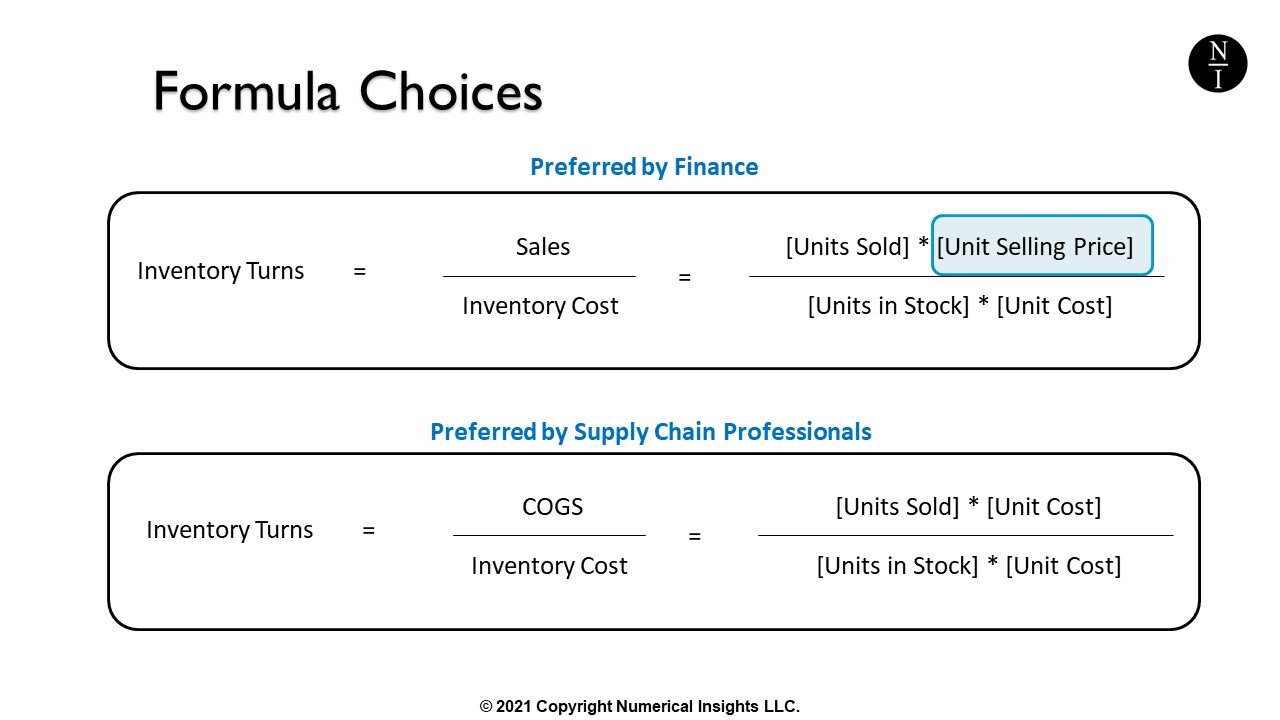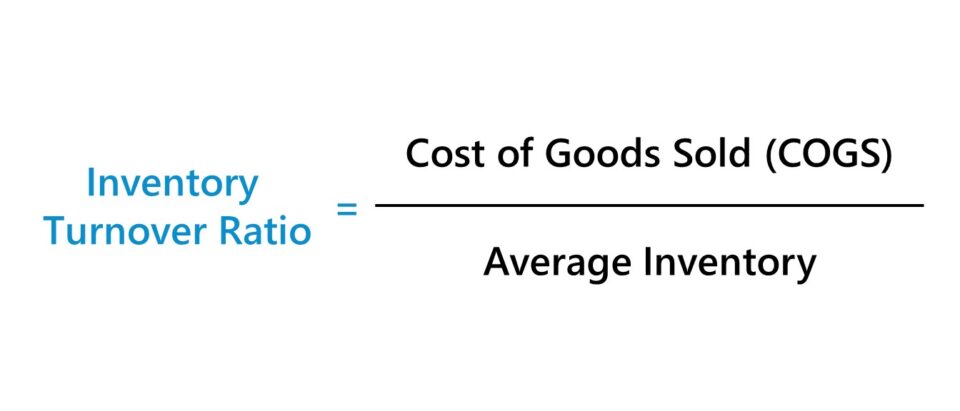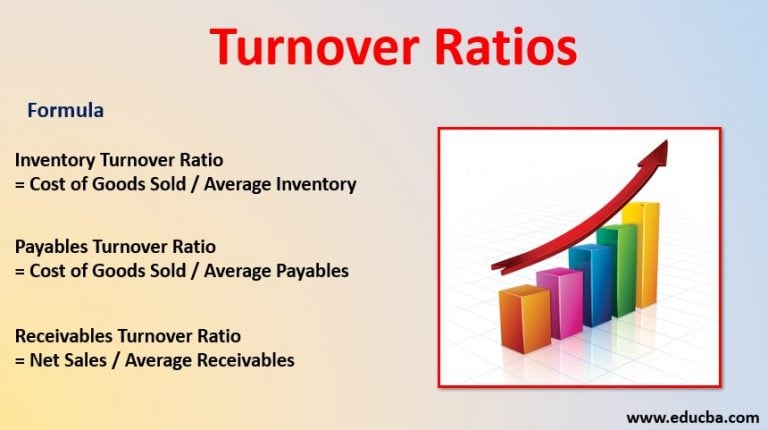

However, once you calculate your ratio, you'll have a baseline to compare against your competitors.Ī high inventory turnover ratio means you're turning your inventory quickly. This means it takes your business an average of 146 days to move your inventory. To find the average number of days it takes to sell your products, you'll divide 365 (the number of days in a year) by 2.5 (your turnover ratio) to obtain a value of 146. You can also use the inventory turnover ratio formula to find the average length of time it takes you to move the inventory you have on hand. If your COGS is $50,000 with $20,000 in average inventory, you'll find your inventory turnover ratio by dividing $50,000 by $20,000. Let's say you're measuring your inventory ratio over a period of one quarter. If you've never calculated your inventory turnover ratio, we've put together a sample calculation to get you started. In addition, if you notice your inventory ratio decreasing over time, you can start to brainstorm why it's happening by seeing when it started and for how long it has decreased. Meanwhile, your inventory turnover ratio may be lower during certain times of the year, so you could save money by having fewer products on hand.

For example, you may find you have a higher turnover ratio during the holidays, so you'll need to purchase or produce more products around those months. It's a good idea to calculate your turnover ratio every month, quarter, and year to give yourself an idea of different patterns that can affect your bottom line. Then, you can compare more granular metrics to help you determine why your turnover ratio changed. The easiest way to calculate your inventory turnover ratio is by choosing a set timeframe, such as a month, quarter, or year, to give you insight into your business throughout a specific period. The average inventory is the value of your stock in a certain period.The cost of goods sold is the cost associated with producing goods, such as material supplies, paying employees to produce them, and so forth.The inventory turnover ratio formula divides the cost of goods sold (COGS) by the average inventory.
Formula for inventory turnover ratio how to#
How to calculate inventory turnover ratio Additionally, your inventory affects the growth of your business, so you should know your turnover ratio and brainstorm ways to improve it. Ultimately, your inventory turnover ratio can give you insight into your business. You may consider updating your pricing to reflect new consumer behaviors if this is true. In addition, a slow turnover can indicate a change in consumer behavior, such as a decrease in market demand.

On the other hand, a low inventory turnover ratio means your products aren't selling or you're carrying too much inventory at one time, which can be expensive. Meanwhile, owning your warehouse means freeing up space for faster-moving products that increase your bottom line. If you rent your storage space from another company, you can decrease how much you spend monthly on inventory that hasn't moved.

Most companies should strive for a high turnover ratio since it reduces the costs associated with storage. Your inventory turnover ratio tells you how many sales you generate from the products in your warehouse, giving you a baseline number to help you determine new ways to improve your ratio and increase online sales. In addition, it may also mean you're not effectively marketing products, so your customers don't know you have inventory in stock to purchase. Most importantly, your inventory turnover ratio can help you make better business decisions in terms of pricing, manufacturing, marketing, and warehouse management.įor example, if your inventory isn't turning over and people aren't buying your products, it could indicate that your prices are too high or too low, depending on current market conditions. Knowing your inventory ratio can improve your business in several ways. How can inventory turnover ratio help your company? The inventory ratio will explain how many times you sold and replenished inventory to help you understand mistakes made during the management process, changes in consumer buying habits, and more. Inventory management is crucial because mistakes can affect your inventory turnover ratio, including a slower-than-usual supply chain, overstocking, and changes in customer demand. Ultimately, it's the number of times you replace your inventory compared to the cost of the stock over a period of time. What is inventory turnover? Inventory turnover is a value that shows how often your inventory turns over or moves, measuring how fast companies sell products.


 0 kommentar(er)
0 kommentar(er)
